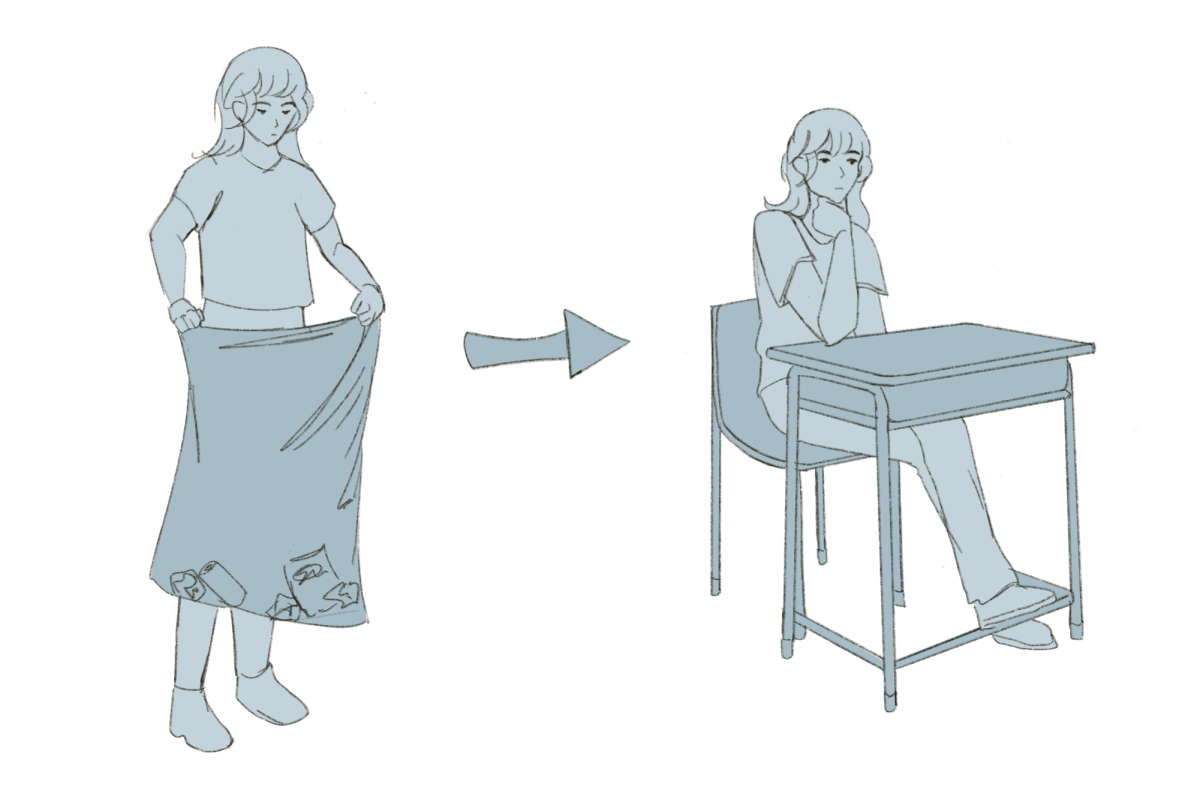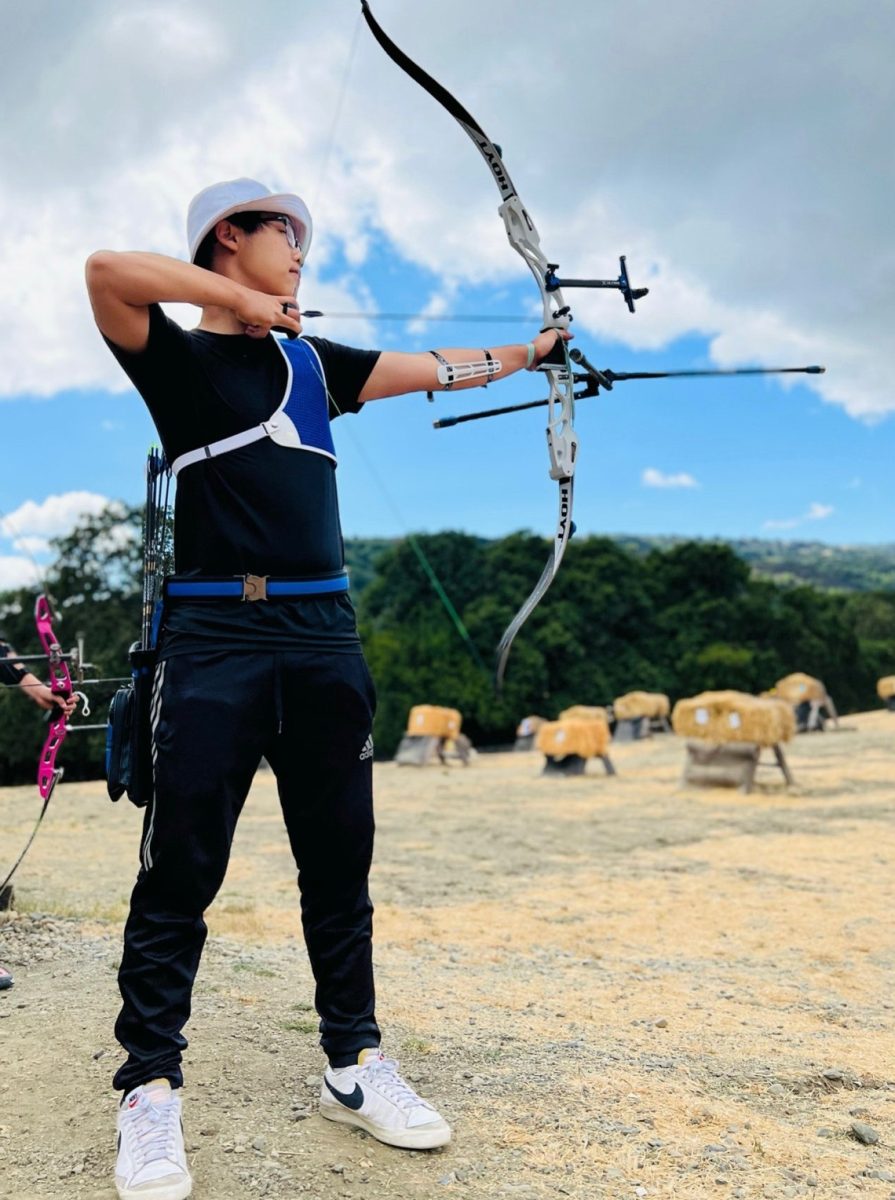Since its launch in 2010, Canvas Instructure has expanded its learning management system to over 2,000 schools. In 2014, Saratoga High joined its ranks, after a decade of using Aeries as its main online interface for student information, which included grades and attendance. This year, teachers are required to switch to Canvas for students’ grades while still using Aeries primarily for attendance.
According to IT manager Julie Grenier, the district felt that it was easier to have all student grades in one place. She said that Aeries is a Student Information System, which is primarily used by the district to keep private student data and generate transcripts.
By contrast, Canvas is a Learning Management System, which is more of a student-centered interface used for the distribution of educational resources.
“I think Canvas is a very dynamic system,” Grenier said. “It allows teachers to present the curriculum in many different ways through various media.”
Having been launched here only a couple of years ago, Canvas is still relatively new to the campus, resulting in mixed feedback among teachers and students.
Spanish teacher Bret Yeilding started using the database only days before school started this August, having missed most of the tutorials the school offered during the summer. Though Yeilding agreed that the system is beneficial for students, he admitted that “old dogs like me, learning new tricks, struggle with it.”
“I am hoping to [upload all materials onto Canvas] before I die of old age,” Yeilding said. “That’s the only timeline I’ll agree to.”
Other teachers have been able to make Canvas central to their teaching. When Canvas was introduced to teachers, science teacher Kristofer Orre began playing around with various features of the website by embedding videos and using the discussion feature.
“Canvas gives teachers much more opportunity for personalization, and it allows them to tailor a course for their needs as little or as much as they want,” Orre said.
Orre now uses the website extensively, since it provides a convenient platform to host his flipped classroom, a teaching style in which students take notes on online videos at home, and spend class time doing labs and other activities.
“[Canvas] is an extension of the classroom, and a blend of the classroom,” Orre said. “So I see it as a hybridizing of what we’re doing in class and just giving a little bit of redundancy and backup for students.”
Senior Katrina Coglitore, who experienced Orre’s flipped classroom, a system where lectures are given at home so labs may be done in class, on both Google Drive during her freshman year and on Canvas this year, found Canvas much more to her liking, especially because of the discussion feature.
“You build off of each other’s comments, which is really cool because it gives those people who don’t feel comfortable talking in class, where you have scrutiny from all of your classmates, a chance to be heard,” Coglitore said.
However, Orre said, Canvas is not perfect. “The programmers aren’t necessarily thinking about what a teacher would actually use [Canvas] for, so there’s too many steps for things, and it can get a little frustrating,” he said.
Grenier acknowledged the difficulties some teachers have had with the new interface, but found that the transition was going smoothly overall.
“Whenever teachers and students start using a new system, there are some growing pains,” Grenier said. “But teachers are really making the effort to get their materials on Canvas and to make courses more transparent to their students.”

























